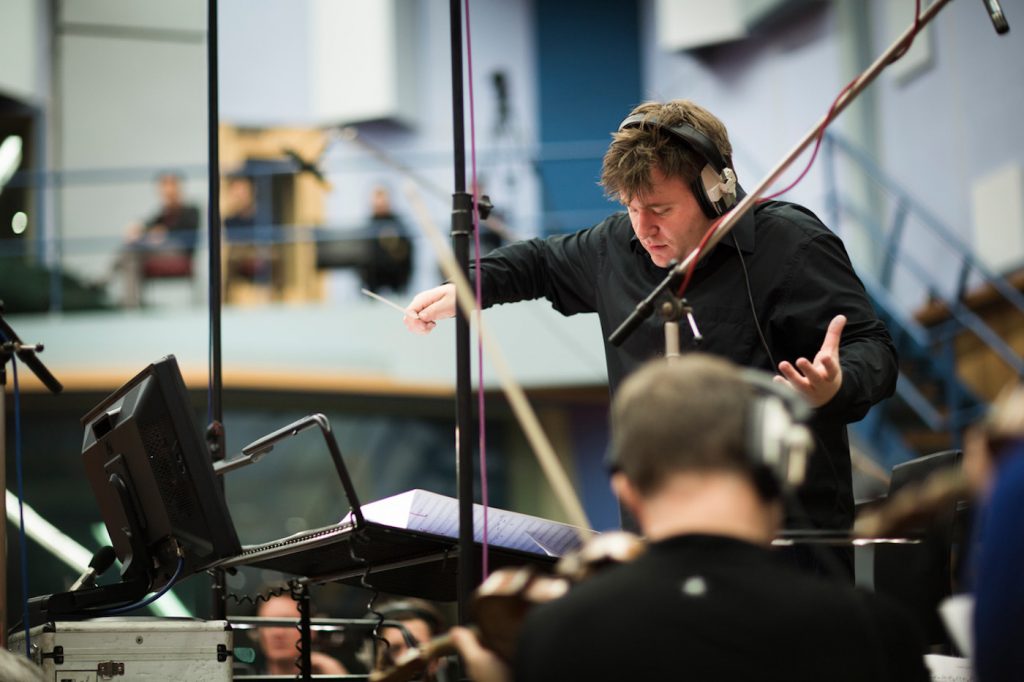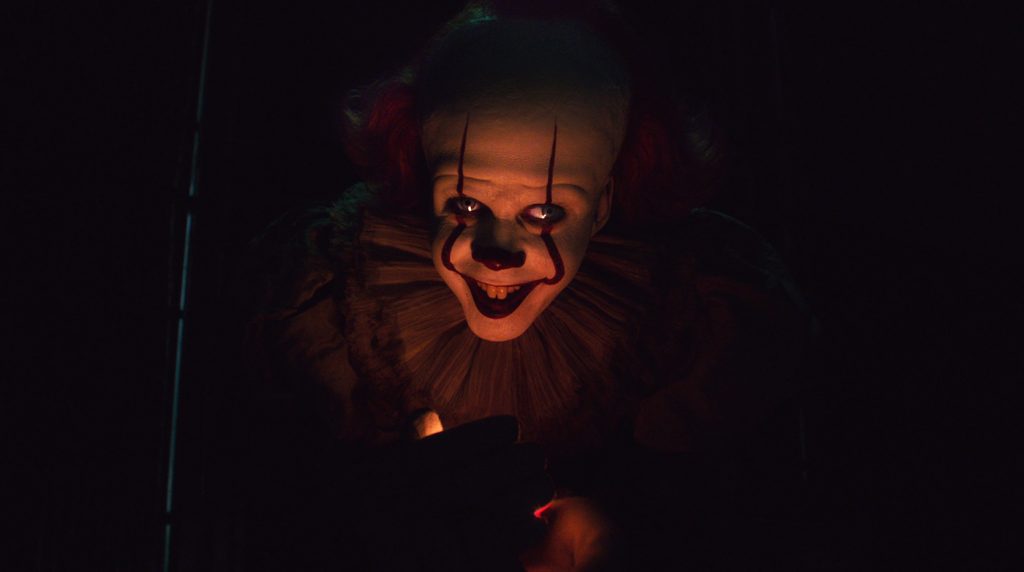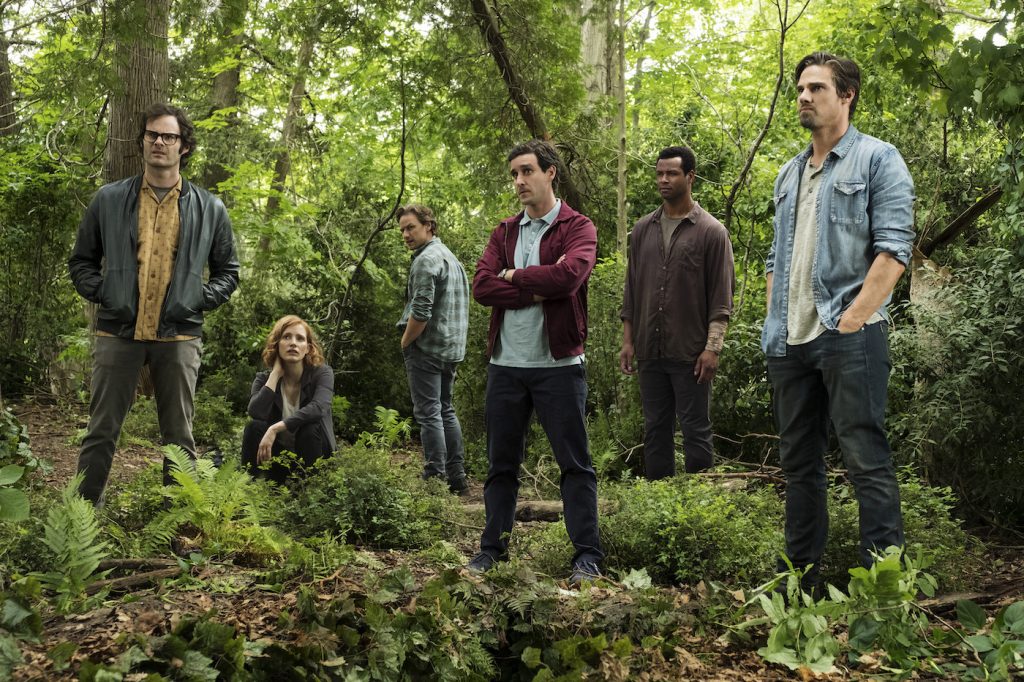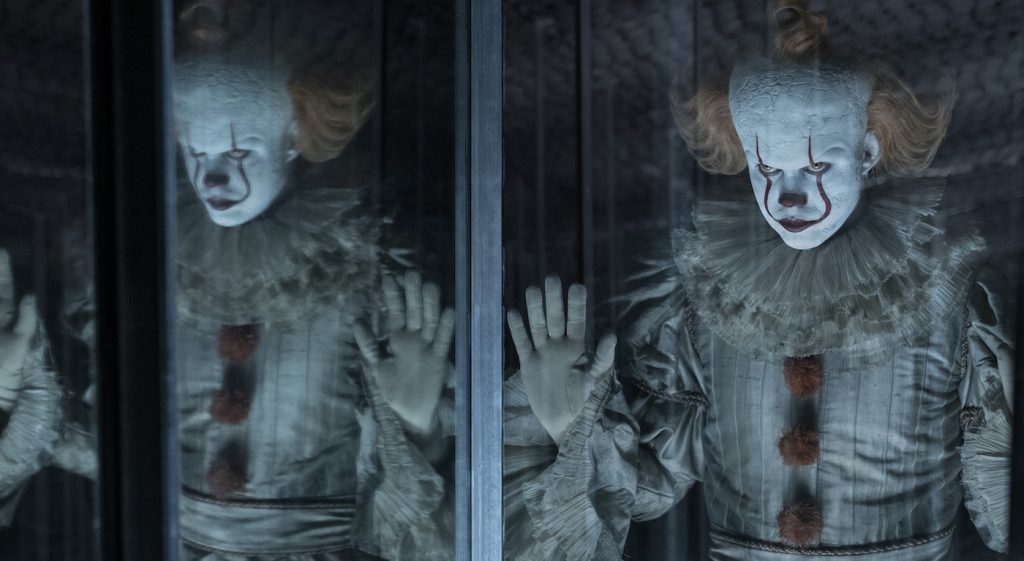It: Chapter Two Composer Benjamin Wallfisch on Scoring Pennywise’s Final Act
Benjamin Wallfisch is an award-winning composer of over 60 feature films, best known for scores like Hidden Figures and Blade Runner 2049. He created the score for Andy Muschietti’s 2017’s adaptation of Stephen King’s It, and was brought back to help finish the two-part epic in It: Chapter 2. The Credits talked to Wallfisch about his experience building on the first film, and how he brought nuance, complexity, and tremendous scale to what he believes, at heart, is an adventure story.

It Chapter Two sounds like a more grown-up version of the It score, with a bigger scale and more instruments—Can you talk about how you expanded musically on the first film?
We were lucky enough to record with a 100-piece orchestra and a choir of 40 voices, and we really didn’t hold back in terms of the sonic scale that the score inhabits. I wanted to take the themes, which have become familiar, and part of the storytelling from the first film, and give them the sense that they’ve gone through 27 years of not just maturing, but developing a complexity that time brings. That was something we tried to mirror in the musical choices. For example, in the first movie, what we called the Pennywise theme, you would hear it only when it was associated with the appearance of Pennywise. In the second film, of course that happens, but also it takes on this bigger role, to give that feeling that the mission The Losers Club is on is hopefully to end Pennywise. His presence is more vengeful. He’s a bigger presence now. He’s happy that the losers have returned, he missed them, but the scale of his character, and what’s at stake for everyone, is bigger, so the theme needed to live up to that as well.

And the same must have been true for the Losers Club, who as adults are coming back to Derry to contend with their trauma.
There was also an opportunity to give The Losers Club even more emotional potency because they’re not just kids going through the process of coming together to defeat this evil. We’re dealing with adults who have grappled with trauma and are coming together and reforming memories that have been lost. The job of the score, its’ purpose, was much more complex this time. The visual scale and the scale of the storytelling had so much depth in the second installment that we felt compelled to ‘go big or go home’ with the score.

What sorts of instruments were used that hadn’t been part of the first film? It also sounds like you used instruments in different ways.
We used a bigger choir that was much more pronounced in this film. We also started experimenting with close-miked solo strings. There are sequences in the film which are so visceral that we almost wanted to go in the other direction and go down to two or three instruments, but recorded so close that it had much more drama than going with a hundred people playing together. The sonic choices were sometimes counter-intuitive because we didn’t want to repeat ourselves. I used a lot more post-processing of acoustic instruments in there, almost turning them into electronic textures sometimes, with sounds that originated from the orchestra. We did a day of recording about 3 months before we did the final scoring. That day was with the full orchestra, just to get all kinds of completely off-the-wall and very unusual sounds, which then formed the basis of the more experimental parts of the score. I was happy to have that much more scope to work with this time.
You’ve recorded in lots of locations around the world and with some of the best orchestras. How was this experience?
We had the incredible musicians of the Hollywood Studio Symphony for two weeks and recorded at Sony’s Barbra Streisand Scoring Stage and the Warner Brothers Eastwood Stage. It was, for me, one of the best recording experiences I’ve ever had. We recorded the choir in London with RSVP VOICES, which has a lot of BBC singers and other professional choirs from around London. We also reprised the exceptional children’s choir we used in the first film. We didn’t re-record them, but we used the original recordings, which were done in Los Angeles a few years ago. I loved working at The Warner Brothers Eastwood Stage, which was originally built in 1929 and has a wonderful and unique character to it.

There are so many contrasting moods and themes to this story, like optimism and dread, hope and hopelessness, and the individual versus the cooperation of friends united. How do you find that balance in expressing those big themes, beyond just using cues?
The power a group can experience when they unite for a purpose, the feelings and emotions of that, needed to clearly be incorporated into the score. The most challenging part, by far, in writing these two scores, was to stay inside that world of adventure, and the emotional complexity of those characters and their relationships. I’ve done movies like Annabelle: Creation, which is a more pure horror film in many ways, where you are creating such a sense of tension and release. With It Chapter Two, there’s unbelievable depth to the story and the subtext. The horror is there, of course, but that’s not the main thrust of the music. There’a lot more emotional storytelling happening onscreen, and my hope is the music brought that out.
Featured image: Caption: BILL SKARSGÅRD as Pennywise in New Line Cinema’s horror thriller “IT CHAPTER TWO,” a Warner Bros. Pictures release. Photo Credit: Brooke Palmer



